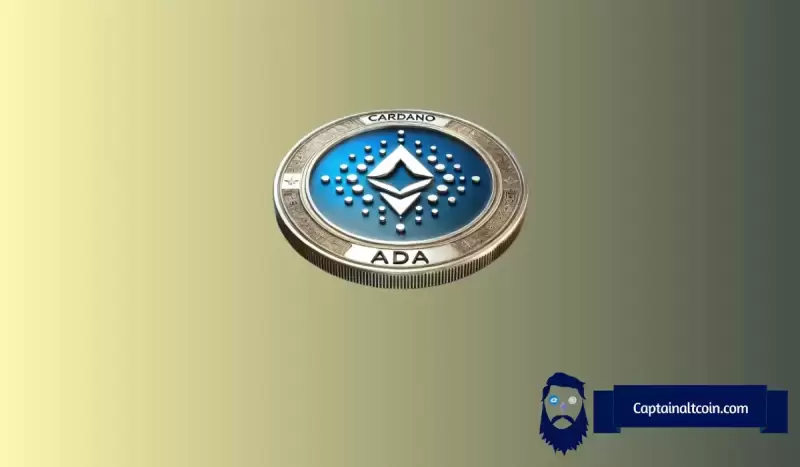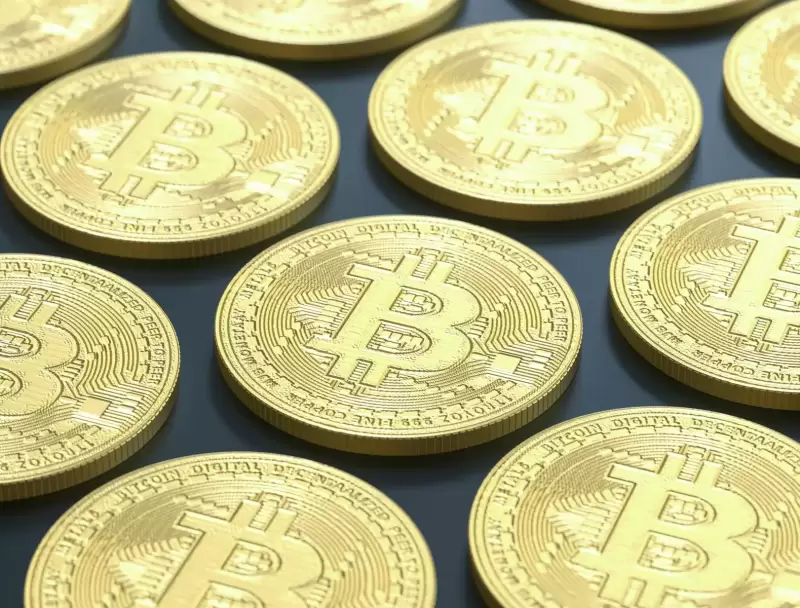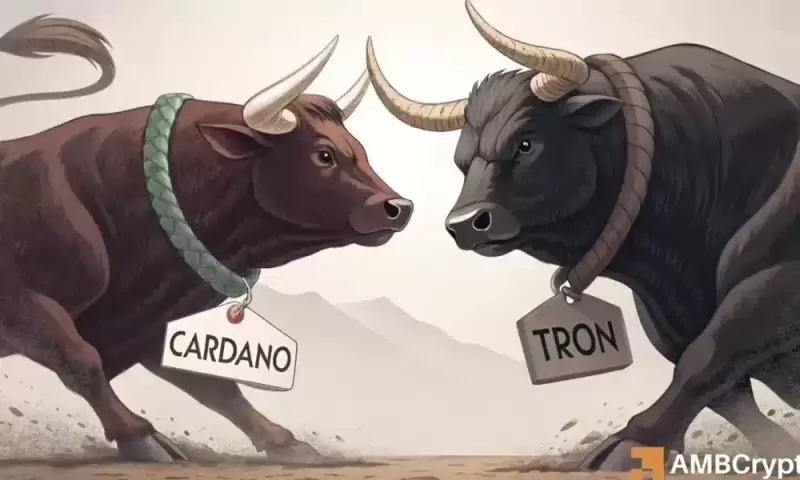 |
|
 |
|
 |
|
 |
|
 |
|
 |
|
 |
|
 |
|
 |
|
 |
|
 |
|
 |
|
 |
|
 |
|
 |
|
The Presidential Dollar Coin Act (Public Law 109-145) was passed into law on December 22, 2005. The Act compelled the Secretary of the Treasury to “mint coins in commemoration of each of the Nation's past Presidents and their spouses, respectively, to improve circulation of the $1 coin, [and] to create a new bullion coin”.
The Presidential Dollar Coin Act (Public Law 109-145) was passed into law on December 22, 2005. The Act compelled the Secretary of the Treasury to “mint coins in commemoration of each of the Nation’s past Presidents and their spouses, respectively, to improve circulation of the $1 coin, [and] to create a new bullion coin”. The architects of the law, citing the success of the 50 States Commemorative Coin Program (31 U.S.C. 5112(l)), believed that the introduction of regularly changing designs would radically increase demand for a $1 coin, which despite early signs of consumer interest, had failed to achieve widespread use after its debut in 2000.
The first four Presidential Dollar designs debuted in 2007, but–like the Sacagawea Dollar that preceded them–the coins found little public support in commerce. In 2011, the United States Mint curtailed the production of the Presidential (and Native American) dollar coins and began to strike them solely for the purpose of selling them to collectors.
The 2015-P John F. Kennedy Presidential Dollar is the third of four Presidential $1 coins issued that year.
The coin was struck as a numismatic collectible and not produced in quantity for circulation. Demand for the popular president elevated the mintage figures for this issue over that of the other 2015 releases.
The Mint sold the issue in Mint sets, special Presidential Dollar sets, bags, and rolls. As each of these items was sold at a premium over face value, any release of this issue into circulation would be purposeful on part of a collector, or incidental on the part of someone who had been given one as a gift or who had some other reason for spending them.
The typical example as struck would fall between the grades MS63 to MS66 if grading standards were strictly enforced. PCGS and NGC graded a considerable number of Presidential Dollars for modern coin marketers during the series’ nine-year run. By 2015, collector enthusiasm for Presidential Dollars had waned and even though Kennedy was a popularly remembered president, submission numbers for uncirculated dollars paled in comparison to earlier Presidential Dollar releases, especially the Missing Edge Lettering mint errors that escaped the Mint in large quantity in the first year of the series.
Both PCGS and NGC report examples at MS68. PCGS, which has graded fewer examples, reports 10 in the grade at the time of this writing and distinguishes the edge lettering orientation – a minor detail, in our opinion. NGC reports 101 grading events at the MS68 level. At MS68, expect dealers to ask between $350 and $500 for an example. At MS67, coins are much more affordably priced at between $25 and $30. Is this a reasonable price to pay for a not-intended for circulation coin with a $1 face value and nine million examples struck? That all depends on your collecting goals.
Time will prove whether the “golden dollar” alloy holds up well or not. Any human contact and environmental exposure will hasten the appearance of tarnish. Some may tone in attractive ways, but this is not typical. At the very least, an encapsulated example is preserved to some degree. If your goal is to complete a set, we would recommend certified for preservation and raw 2015-P Kennedy Dollars in rolls or flips if affordability is the deciding factor. The going rate for a loose coin is about $3.50.
* * *
2015-P John F. Kennedy Presidential Dollar Market Data and Noteworthy Specimens
Top Population: PCGS MS69 (2, 2/2025), NGC MS69 (2, 2/2025), and CAC N/A (0, 2/2025).
* * *
Design
Obverse:
Inspired by Aaron Shikler’s Official Presidential Portrait of John F. Kennedy, Don Everhart’s obverse for the Kennedy $1 coin offers up an unusual and somber image of the slain President. On the coin, Kennedy looks downward and to the left. The muscles on his face appear strained, as if he is deep in thought. Kennedy’s hair is neatly groomed, his part is accentuated. His coat is form-fitting. The designer’s initials DE are located on Kennedy’s left shoulder. The coin’s inscriptions wrap around the rim of the coin and read: JOHN F. KENNEDY, IN GOD WE TRUST, 35th PRESIDENT, and 1961-1963.
Reverse:
Don Everhart’s reverse design features an ant’s-eye view of the Statue of Liberty offset to the left. On the coin, Liberty occupies the bottom right quadrant of the coin
Disclaimer:info@kdj.com
The information provided is not trading advice. kdj.com does not assume any responsibility for any investments made based on the information provided in this article. Cryptocurrencies are highly volatile and it is highly recommended that you invest with caution after thorough research!
If you believe that the content used on this website infringes your copyright, please contact us immediately (info@kdj.com) and we will delete it promptly.
-

-

-

-

-

- Coldware (COLD) May Surpass Ethereum (ETH) as the Second-Largest Cryptocurrency by Market Cap by 2027
- Apr 12, 2025 at 07:20 am
- Disclaimer: The below article is sponsored, and the views in it do not represent those of ZyCrypto. Readers should conduct independent research before taking any actions related to the project mentioned in this piece. This article should not be regarded as investment advice.
-

-

-
![TRON [TRX] Outpaces Cardano [ADA] as On-Chain Data Reveals Structural Weakness in Its Network Activity TRON [TRX] Outpaces Cardano [ADA] as On-Chain Data Reveals Structural Weakness in Its Network Activity](/assets/pc/images/moren/280_160.png)
- TRON [TRX] Outpaces Cardano [ADA] as On-Chain Data Reveals Structural Weakness in Its Network Activity
- Apr 12, 2025 at 07:15 am
- TRX and ADA are locked in a tight contest for the 9th spot in market capitalization rankings. However, Cardano's prolonged consolidation below $1 has raised concerns about its ability to maintain investor confidence.
-



























































